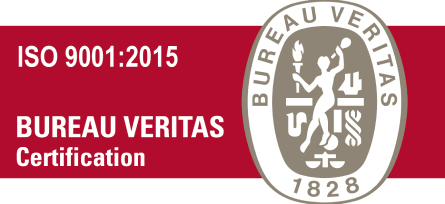VDR is a gene which encodes for a protein which acts as a receptor for vitamin D that regulates bone formation and calcium absorption. A variant of the gene (rs2228570 FokI polymorphism) is associated with a lower bone mineral density in white prepubescent girls.
The hnRNP C1/C2 component of the nuclear vitamin D receptor complex interacts with promoter regions of genes that are responsive to 1,25-dihydroxyvitamin D3 and can https://www.gescheftmarketing.de/2022/03/14/virtual-data-rooms-as-a-part-of-secure-business-practices/ induce their transcription. The interaction is controlled by the reciprocal pattern as well as the temporal off-and-on occupancy of the VDRE between the two components. It is also influenced by chromosomal position and binding preferences for certain hormones. Microarray studies of human cells show that more than 100 genes have a distinct VDRE located in their promoters. The VDRE is occupied by transcription repressors in the absence of 1,25-dihydroxyvitamin D3. The 1,25-dihydroxyvitamin D3-VDR complex binds to these genes, resulting in the recruitment of hnRNP C1/C2 and other proteins that can compete with the repressors and initiate transcription.
A virtual dataroom (VDR) is an archive of data and documents that are relevant to legal transactions, business or other proceedings. Viewing, downloading or printing are not permitted. It uses a central computer as well as an extranet which is a restricted access Internet connection, to allow users to access the internet at specified times.
Companies that deal with investment bankers and in mergers and acquisitions are the most common users of a VDR. They need to be able to communicate information in a clear manner with potential investors or buyers. Due diligence processes will also require a significant amount of data. Life science companies also utilize VDRs to store everything from clinical trials results to HIPAA documentation.





